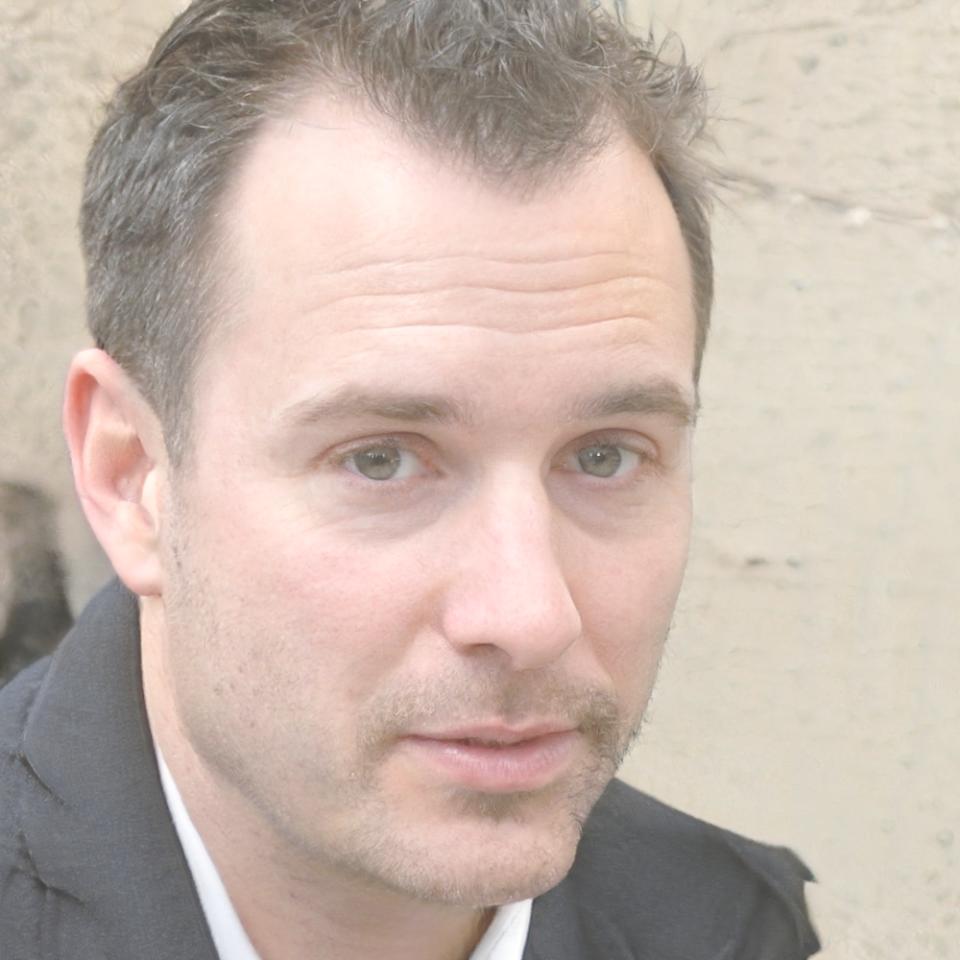Financial workflows shouldn't feel like running through mud
We've spent years watching businesses lose time and money to clunky processes. Manual reconciliations that take days. Reports that need three people to compile. Approval chains that make simple decisions complicated.
Our team helps you redesign these workflows so they actually support your business instead of slowing it down. Most of our clients see meaningful improvements within the first quarter after implementation.
Talk About Your Workflow
Where most financial operations get stuck
After working with over forty companies across Taiwan, we keep seeing the same friction points. The good news? Once you know what's causing the slowdown, you can usually fix it faster than you'd think.
Data Entry Loops
Your team enters the same information three times across different systems. We've seen AP clerks spend 12 hours weekly on redundant data entry that could be automated or eliminated entirely.
Approval Bottlenecks
A purchase request sits for four days waiting for someone who's traveling. We help you build approval structures that keep moving even when key people are unavailable.
Report Assembly Time
Month-end closes that stretch into week two because you're pulling data from five different places. Most businesses can cut this time by 60% with better workflow design.
Version Control Issues
Three people working on different versions of the same spreadsheet. Nobody's sure which numbers are current. We've all been there, and there's a straightforward way to prevent it.
Communication Gaps
Finance needs information from operations but doesn't know who to ask. Or worse, they ask and never get a response. Clear workflow lanes solve this surprisingly quickly.
Manual Reconciliation
Your accountant spends three days every month matching transactions by hand. The error rate stays stubbornly high. Better workflows catch discrepancies immediately instead of at month-end.

How we actually approach workflow optimization
We're not going to tell you to implement some massive ERP system or rip out everything you're doing. Most businesses already have decent tools — they're just not using them efficiently.
Our process starts with watching how your team actually works. Not how the manual says they should work, but what really happens on Tuesday afternoon when three people are out and a vendor payment is urgent.
What a typical engagement looks like
Every business is different, but most workflow optimization projects follow a similar pattern. Here's what you can expect if we work together.
Discovery Phase (Week 1-2)
We interview your team and observe current workflows. This phase typically reveals the core issues within the first three days. We document everything with process maps and time studies so you can see exactly where the bottlenecks are.
Analysis & Planning (Week 3-4)
We calculate the cost of each inefficiency and prioritize improvements by impact. You'll get a detailed roadmap showing which changes to implement first and what results to expect from each one.
Pilot Implementation (Week 5-8)
We start with one or two high-impact changes in a controlled environment. This lets us work out the kinks before rolling anything out company-wide. Most pilots show measurable improvement within three weeks.
Full Rollout (Week 9-16)
We expand successful changes across your organization with appropriate training and documentation. We're there to troubleshoot issues and adjust the workflow based on real-world feedback.
Stabilization (Month 4-6)
New workflows need time to become habit. We check in monthly to measure results, address problems, and make refinements. By month six, most teams can't imagine going back to the old way.
Before and after workflow optimization
These are actual metrics from three clients we worked with in 2024. Your results may vary, but these examples show what's typically achievable with focused workflow improvements.
| Process Area | Before Optimization | After Optimization |
|---|---|---|
| Month-End Close Time | 11 business days with 3 staff working overtime | 5 business days with regular hours (54% reduction) |
| Invoice Processing | 18 minutes per invoice, 7% error rate requiring rework | 6 minutes per invoice, 2% error rate (67% faster) |
| Approval Cycle Time | Average 4.5 days for routine purchases under NT$50,000 | Average 8 hours for same purchases (85% faster) |
| Data Entry Redundancy | Same information entered in 3 different systems manually | Single entry with automated distribution (eliminated 70% of duplicate work) |
| Report Generation | 12 hours monthly to compile management reports from multiple sources | 45 minutes monthly with automated consolidation |
| Vendor Payment Timing | Average 28 days from invoice receipt to payment | Average 11 days (early payment discount capture increased) |
What clients say about working with us
These are real feedback quotes from recent projects. We've changed company names for confidentiality but kept the comments verbatim.

Viktor Larsen
Finance Director, Manufacturing Company
Eamon Gallagher
CFO, Distribution BusinessLet's talk about your specific workflow challenges
We offer a no-cost initial consultation where we'll discuss your current processes and identify potential improvement areas. No sales pressure — just a straightforward conversation about whether we might be able to help.
Most consultations take about 45 minutes and happen either at your office or via video call, whichever works better for you.
